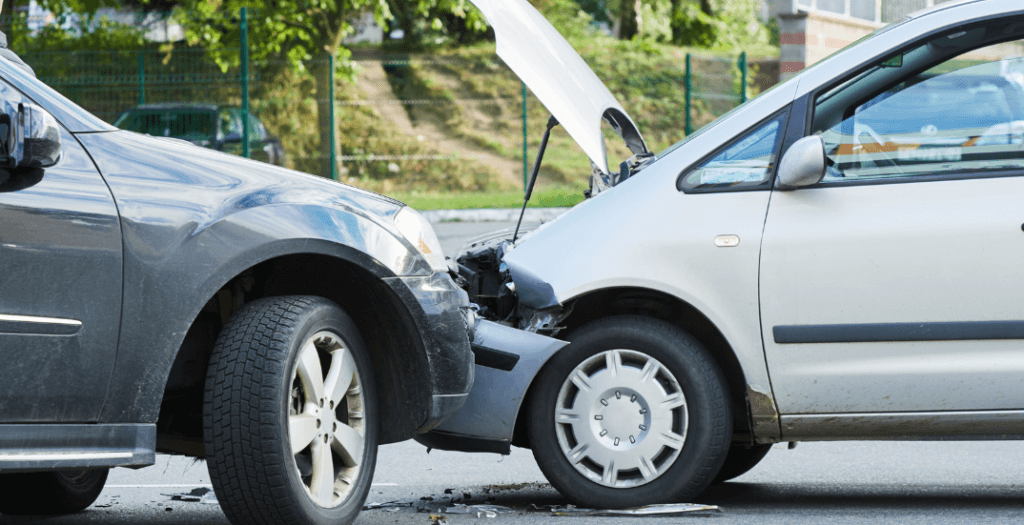
Founding Member & Managing Partner at Gina Corena & Associates
Practice Areas: Personal Injury

T-bone car accidents are among the most dangerous and life-altering collisions that occur on the road. Unlike minor fender benders, a T-bone crash can result in catastrophic injuries, long-term disabilities, and even fatalities. These accidents often happen suddenly, giving victims little to no time to react. When another driver fails to obey traffic laws, speeds through an intersection, or runs a red light, the result can be a violent side-impact collision that leaves victims struggling with physical, emotional, and financial burdens.
If you or someone you love has been t-boned in a car accident, it is crucial to understand what to do next, how liability is determined, and what long-term effects you may face.
This guide will walk you through everything you need to know, including the most common injuries, legal considerations, financial impacts, and steps to take to protect your rights.
A T-bone car accident, also known as a side-impact collision, happens when the front of one vehicle crashes into the side of another vehicle, forming a “T” shape. These accidents commonly occur at intersections and can be extremely dangerous, especially for the occupants sitting on the side that takes the impact.
T-bone accidents often happen due to:

What makes T-bone car accidents particularly dangerous is that most vehicles have less structural protection on the sides compared to the front or rear. While modern cars are equipped with side airbags, they are not as effective as front airbags in preventing serious head, neck, and torso injuries.
The impact of a T-bone accident can cause severe injuries due to a lack of protection from the side of the vehicle. While front-end and rear-end crashes provide some cushioning from crumple zones, side-impact collisions transfer most of the force directly into the car’s cabin, leaving passengers and drivers vulnerable.
One of the most serious consequences of a T-bone accident is traumatic brain injury (TBI). When a car is hit from the side, the sudden jolt can cause the victim’s head to slam into the window, door, steering wheel, or dashboard. Even if no external wounds are visible, internal brain injuries can occur due to the rapid back-and-forth motion inside the skull.
Symptoms of TBI include:
Even a mild concussion from a T-bone accident can have lasting effects, impacting cognitive abilities and daily functioning.
A side-impact collision can cause violent jerking movements, leading to:
Victims may require long-term physical therapy, surgeries, or even permanent mobility assistance if their spinal injuries are severe.
The immense force of a T-bone car accident often results in broken bones, especially if a victim’s legs or arms are trapped in the vehicle. Some of the most commonly broken bones include:
Some fractures require surgery, metal implants, and extensive rehabilitation to regain mobility.
A T-bone accident can cause serious internal injuries that may not be immediately obvious but are life-threatening if left untreated. Blunt-force Trauma can lead to:
Emergency medical care is essential for identifying and treating internal injuries after a T-bone accident.
In addition to physical injuries, a T-bone accident can have a crippling effect on one’s mental and emotional state. Many victims develop:
Mental health support, counseling, and therapy can help victims recover from the psychological effects of a T-bone crash.

| Injury Type | Mild Cases | Severe Cases |
| Whiplash | Temporary pain, stiffness | Chronic neck pain, nerve damage |
| Traumatic Brain Injury (TBI) | Mild concussion, headaches | Memory loss, cognitive impairment |
| Broken Bones | Hairline fractures | Multiple fractures requiring surgery |
| Internal Organ Damage | Minor bruising | Internal bleeding, life-threatening injuries |
| Psychological Trauma | Short-term anxiety | PTSD, long-term emotional distress |
A T-bone car accident can cause life-changing injuries, financial struggles, and emotional trauma. Understanding the long-term effects of these accidents is crucial for recovery. Seeking immediate medical attention, documenting the crash, and getting legal assistance can help victims receive the compensation they deserve.
If you or a loved one has been T-boned in a car accident, Gina Corena & Associates is here to help. Our experienced personal injury attorneys understand how overwhelming this situation can be, and we are dedicated to fighting for your rights. Contact us today for a free consultation to discuss your case and explore your legal options.

As founder of Gina Corena & Associates, she is dedicated to fighting for the rights of the people who suffer life-changing personal injuries in car, truck and motorcycle accidents as well as other types of personal injury. Gina feels fortunate to serve the Nevada community and hold wrongdoers accountable for their harm to her clients.